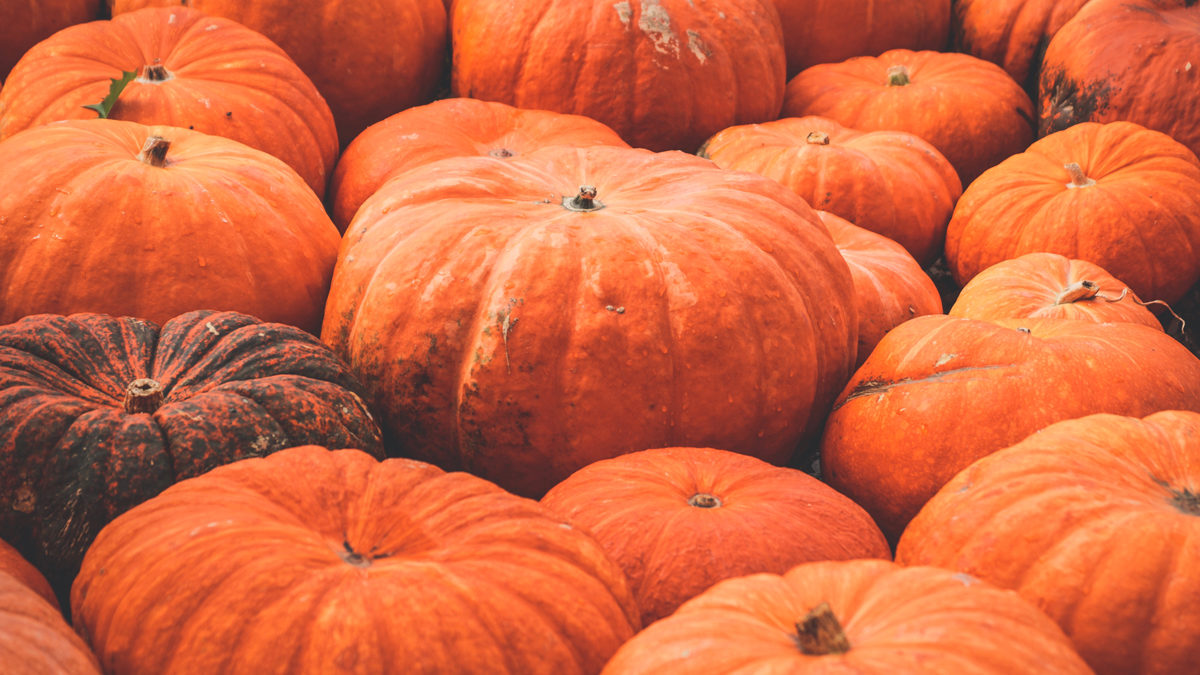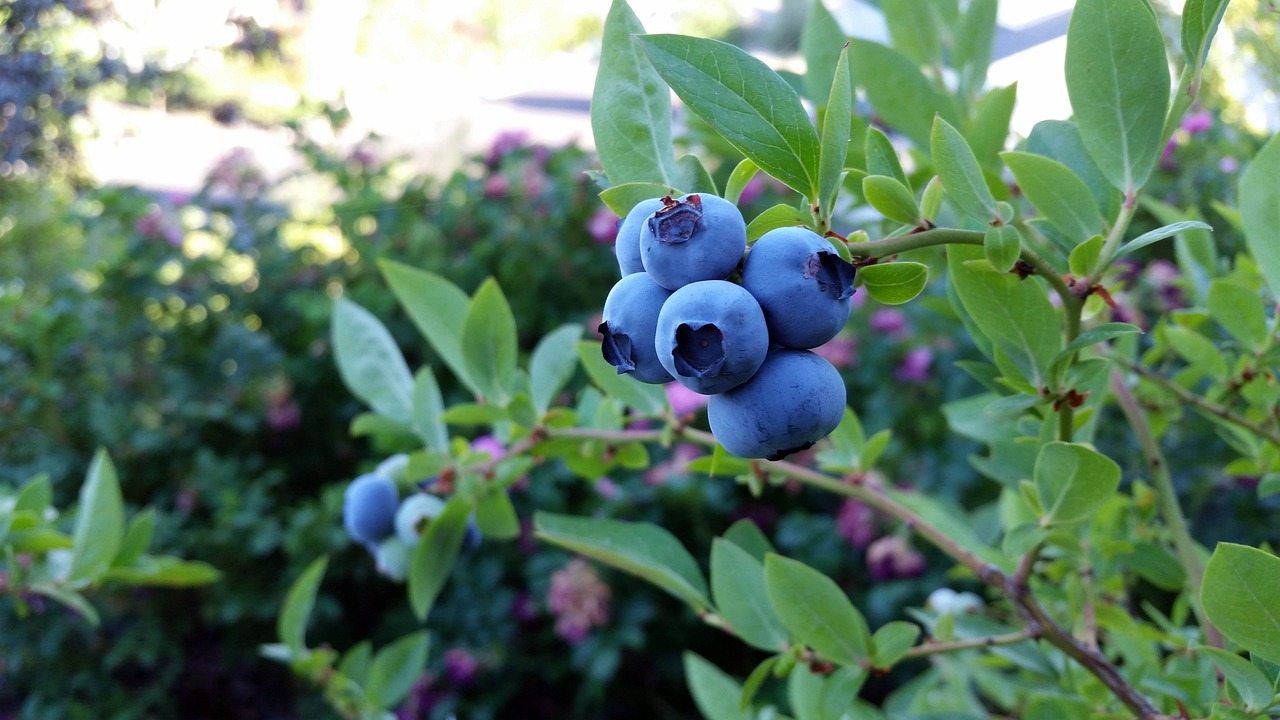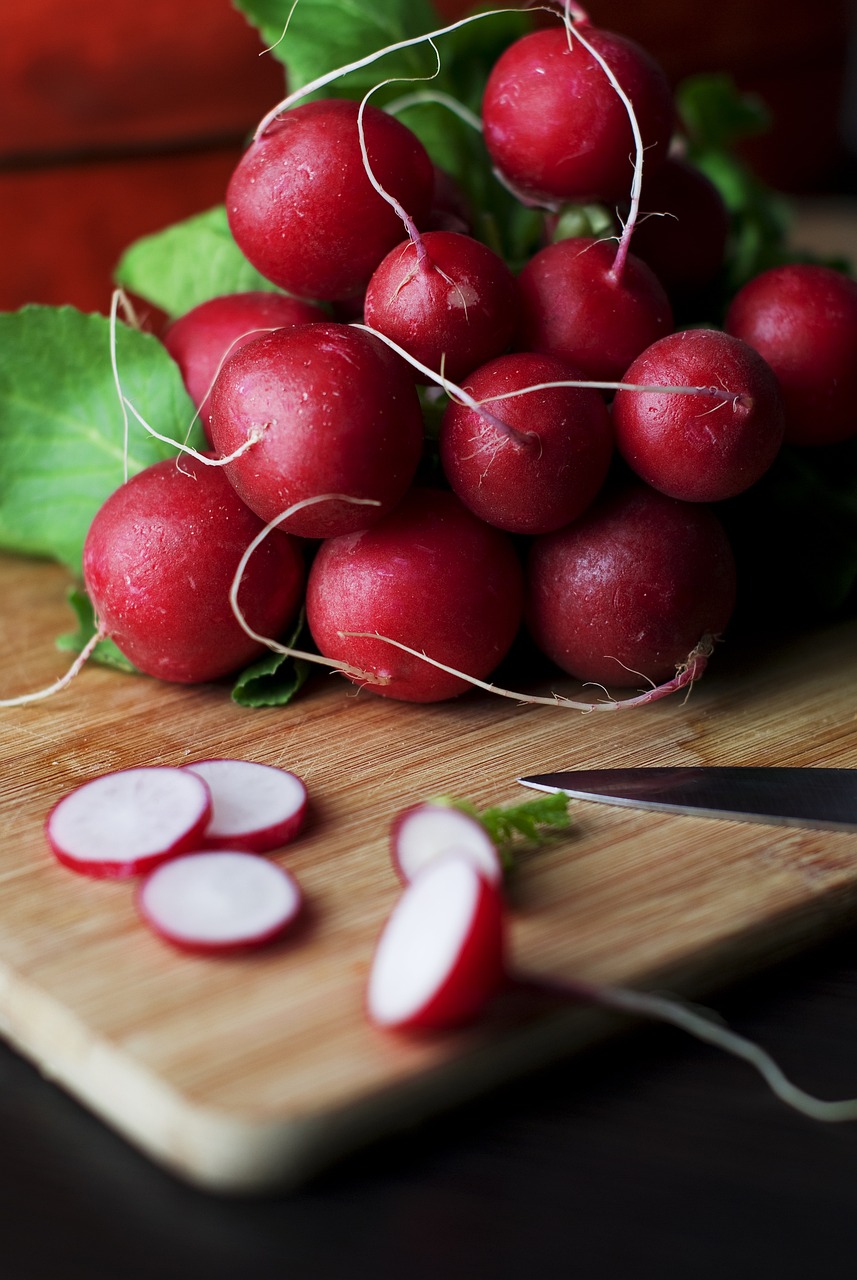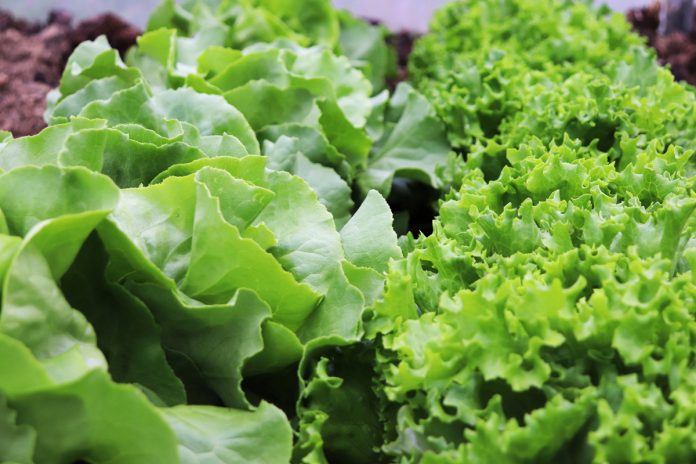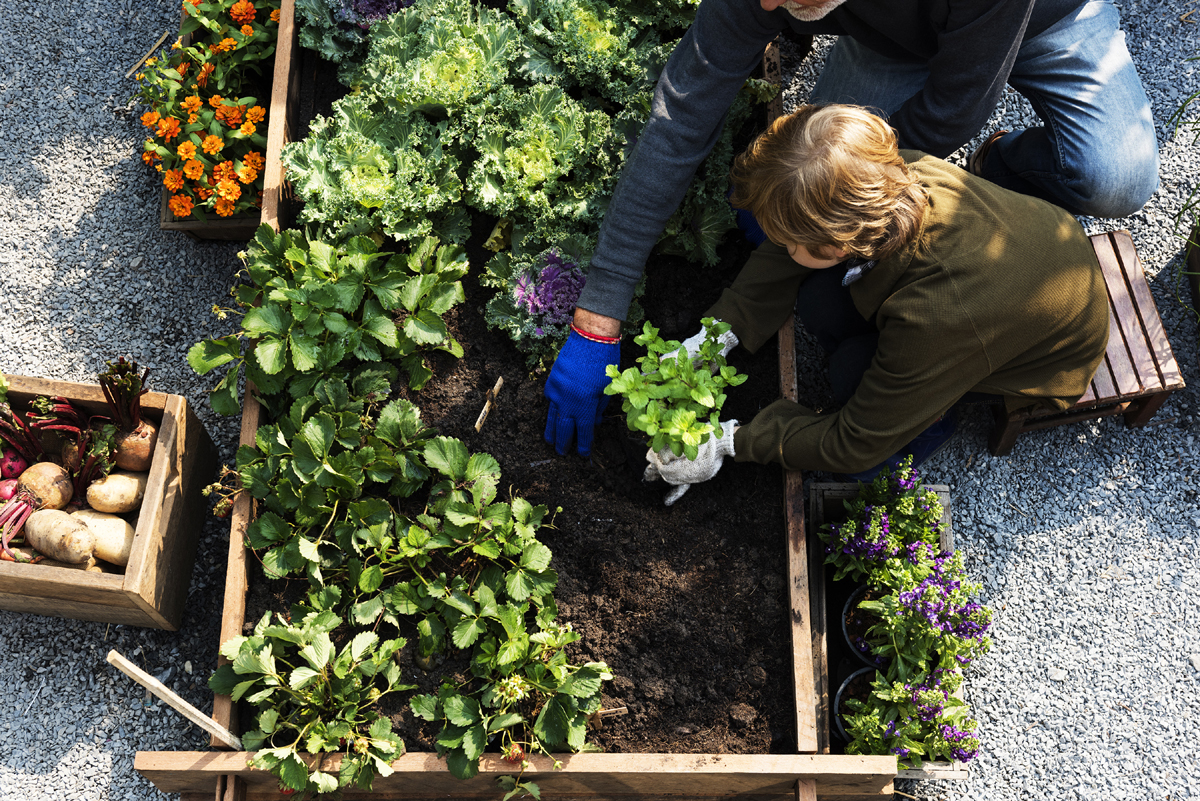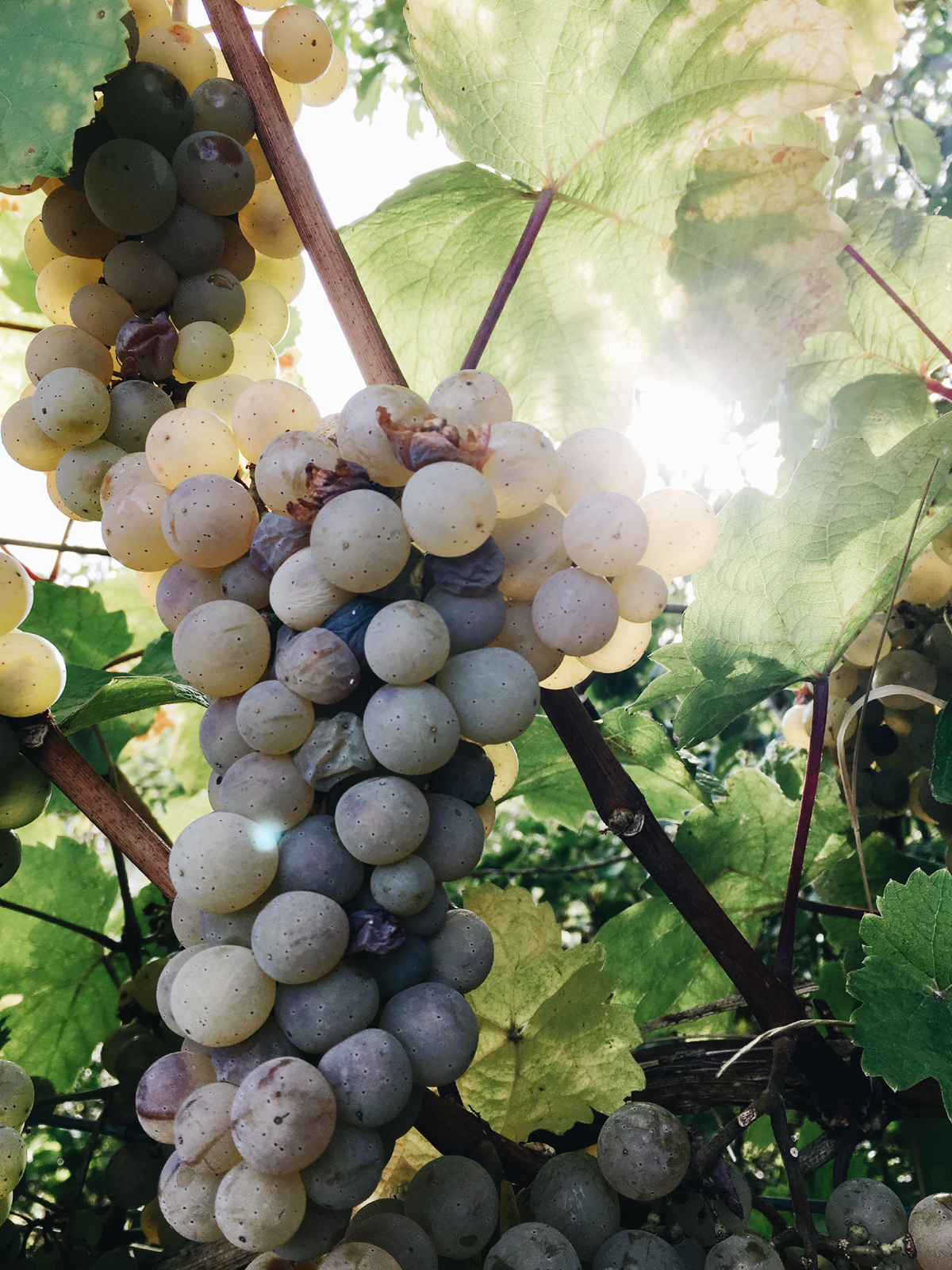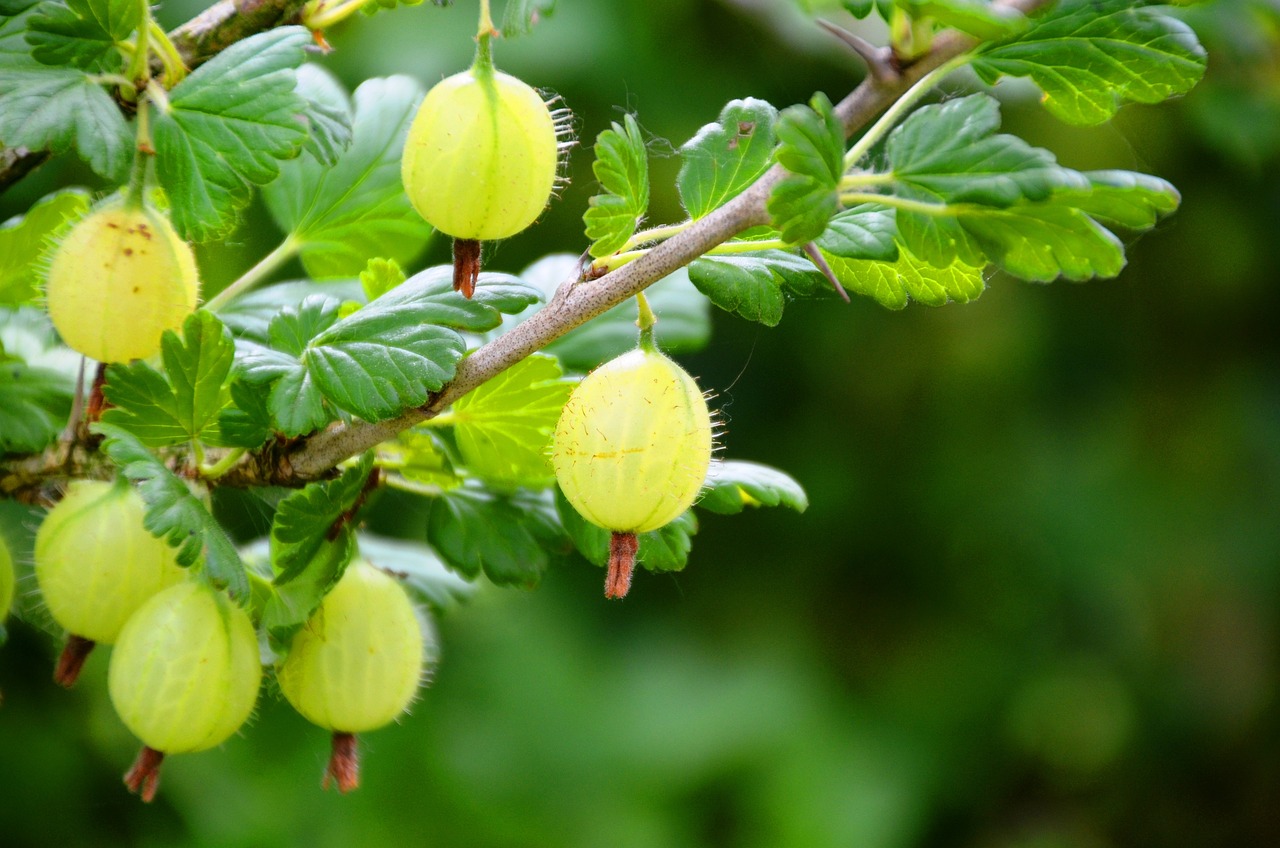Growing Brussels Sprouts
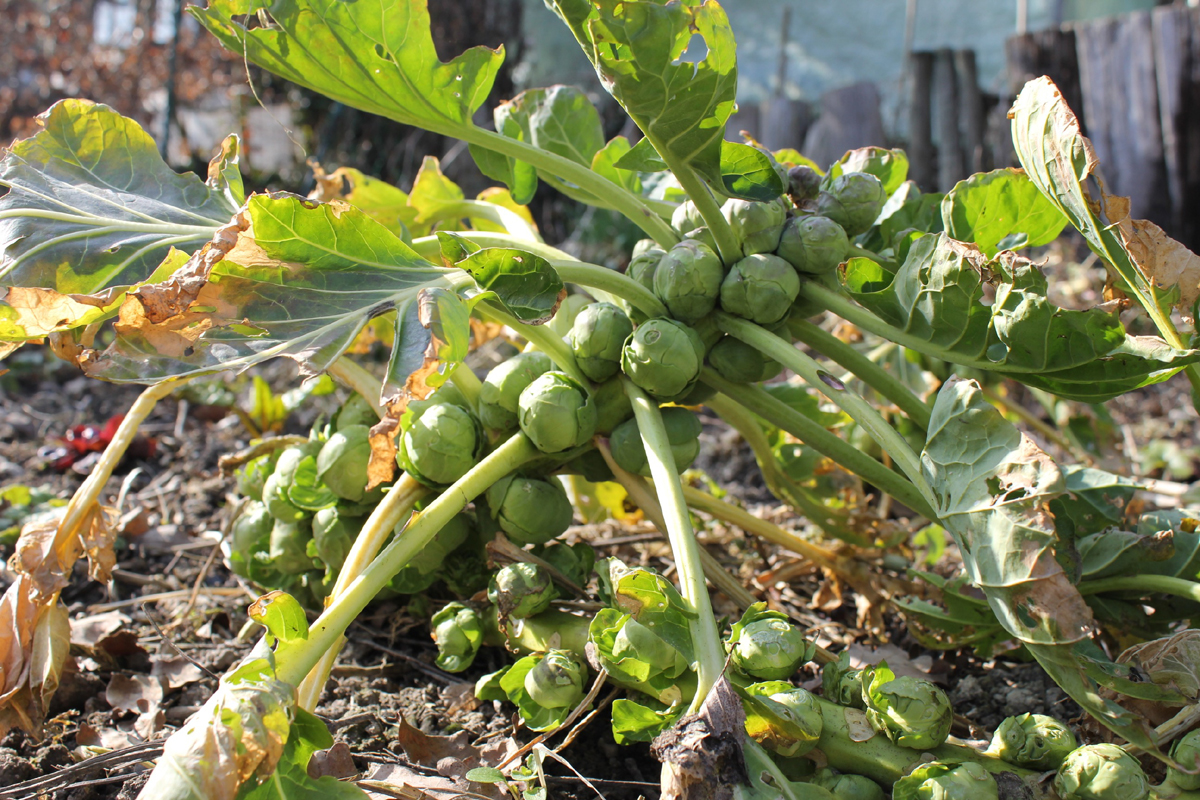
You don’t need much room to plant a high yielding crop of Brussels Sprouts. They are a mini-cabbage that forms a 2 to 3 foot high stem with umbrella like foliage. They are also an attractive crop that you can incorporate in with other plants in your landscape.
Brussels Sprouts are the hardiest of the cabbage family. They can survive freezing temperatures allot better than they can tolerate hot spells. To have a spring crop you should start your plants indoors early enough for them to mature outdoors before the hot weather hits your area. They have a mature time of about 100 days. Seeds can be planted directly in the garden mid-summer for a fall crop.
When you are ready to sow seeds for your crop indoors or directly in your garden, sow them 1/2 inch deep and 2 inches apart. Once the seedlings have reached a height of 5 to 7 inches they will need to be thinned to about 1 1/2 feet to 2 feet apart or if transplanting, plant the same distances apart as you would of thinned.
Once plants are in the garden they should be mulched to help retain moisture in the soil and to suppress weeds. When weeding take care not to damage any shallow roots. It is best to hand weed around the plants.
To keep your plants thriving feed them lightly with a foliar feeding of manure tea or seaweed extract once a month, twice a month would be better.
→ Vegetables That Do Well in a Drought
Brussels Sprouts are best when they are harvested small, this is when they are the most tender. When harvesting remove the lower sprouts first, working your way to the top as they mature, simply by twisting them from the plant. Pinching off the top of the plant will force the sprouts to mature faster.
A environment friendly and healthy way of gardening. Organic Gardening is away of gardening in harmony with nature. Growing a healthy and productive crop in a way that is healthier for both you and the environment.
The Author:
John Yazo

